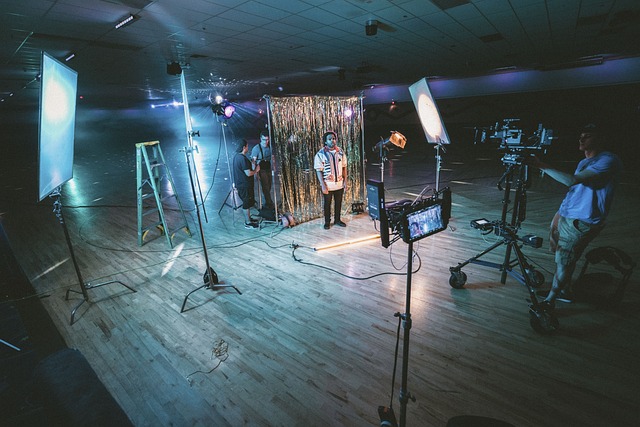
Light is one of the most important elements in filmmaking. It can be used to create a certain mood or feeling in your film. For example, you can use light to make a scene feel more ominous or foreboding. Or, you can use light to make a scene feel warmer and inviting. Here we’ll share some tips on how to use light to create mood in your film.
Real Life Is Our Teacher
One of the ways you can assess the type of lighting needed for your film’s mood is by recalling real-life experiences. We’ve all had moments in our lives where the lighting played a role in how we felt. Maybe it was a sunset on the beach that made us feel romantic or hopeful. Or, maybe it was a dark and stormy night that left us feeling scared and alone. By recalling these real-life experiences, you can start to get a feel for the type of lighting needed to create certain moods in your film.
Lighting Sets the Tone
The lighting in your film should always be serving the story you’re trying to tell. If you’re trying to create a tense and suspenseful scene, then you’ll want to use dimmer, more atmospheric lighting. If you’re trying to create a warm and inviting scene, then you’ll want to use brighter, more natural lighting. The key is to always think about the mood you’re trying to create and then choose your lighting accordingly. Here is a list of suggestions to help you get started.
- Use warm lighting to create a cozy or inviting feeling.
- Use cooler lighting to create a more serious or foreboding atmosphere.
- Use harsh lighting to create an unsettling or tense feeling.
- Use soft lighting to create a romantic or dreamy feeling.
- Use dim lighting to create a mysterious or creepy feeling.
- Use bright lighting to create an energetic or uplifting feeling.
Strategic Lighting Placement
Creating the right lighting is much more than knowing what warmth and brightness to use. Knowing how and where to position your lights is just as important. The way you light a scene can have a big impact on the mood you’re trying to create. This is one area in particular where a lighting engineer proves invaluable. Knowing how to place light to make a kitchen feel sunkissed in the morning doesn’t happen by accident. Not only do they know how to perfectly place lights for mood, they know how to handle how lighting interacts with performers, and most importantly, with the cameras.
The Right Lighting Equipment
Of course, to create the right type of lighting for your film, you need to have the right lighting equipment. If you’re working on a low-budget film, then you might not have the same type of lighting options as a big Hollywood production. But, that doesn’t mean you can’t still create beautiful and moody lighting. There are plenty of affordable lighting options available that can help you get the look you want.
Experiment with different lighting techniques and see how they affect the mood of your film. Just remember, light is a powerful tool that can be used to great effect in filmmaking. Use it wisely and you’ll be sure to set the right tone for your film.


